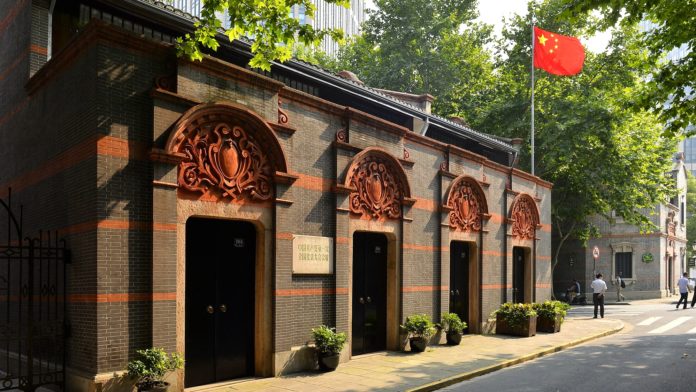
The Communist Party of China (CPC) vowed to make a difference and make China a better place when it was founded in Shanghai 100 years ago.
Now take a look at the city and you’ll find how the Chinese political party has kept its promise.
Shanghai is a modern metropolis where traditional Chinese elements blend with western culture. On one side of a street there are vintage western architectures, while on the opposite side, you may find modern skyscrapers. On the same street, you’ll see both senior citizens playing traditional Mahjong and teenagers playing soccer, as well as traditional tea houses adjacent to fashionable coffee places or bars.
Ukrainian influencer Yegor recently visited Shanghai’s Xintiandi Commercial Complex, a landmark building cluster, and also a cultural and historical site. It was home to many local newspapers in Shanghai over 100 years ago that owned the strongest publishing industry in China back then.
According to Zhang Jian, director of the Party history research office of the CPC Huangpu district committee and head of the office of Huangpu chronicles, the building cluster was a communication base for Marxism in China 100 years ago as it gathered several young people who dreamed of lifting China out of poverty and weaknesses. The famous New Youth, a magazine founded by Chen Duxiu, a founding member of the CPC, also originated there. “They were the main contributor to the founding of the CPC,” Zhang told Yegor.
Less than a kilometer away from the Xintiandi Commercial Complex lies the site of the 1st National Congress of the CPC. It is a building that mixes traditional Chinese and western styles. Zhang said when the national congress was held on July 23, 1921, the building was still surrounded by vegetable fields. However, today, modernity exists on every inch of the land around the historical site, which mirrors how Shanghai has developed over the past century under the leadership of the CPC.
Zhang introduced that delegates to the 1st National Congress of the CPC were nearly arrested by the police when they gathered at the building, so they decided to move to a safer location – the Nanhu Lake in Jiaxing, east China’s Zhejiang province, where they concluded the meeting on a boat, also known as the “Red Boat.”
Today, the water in Nanhu Lake is pure and clear, which is a marvelous result of the treatment efforts made by local authorities, and also a symbol of the CPC’s original intention.





